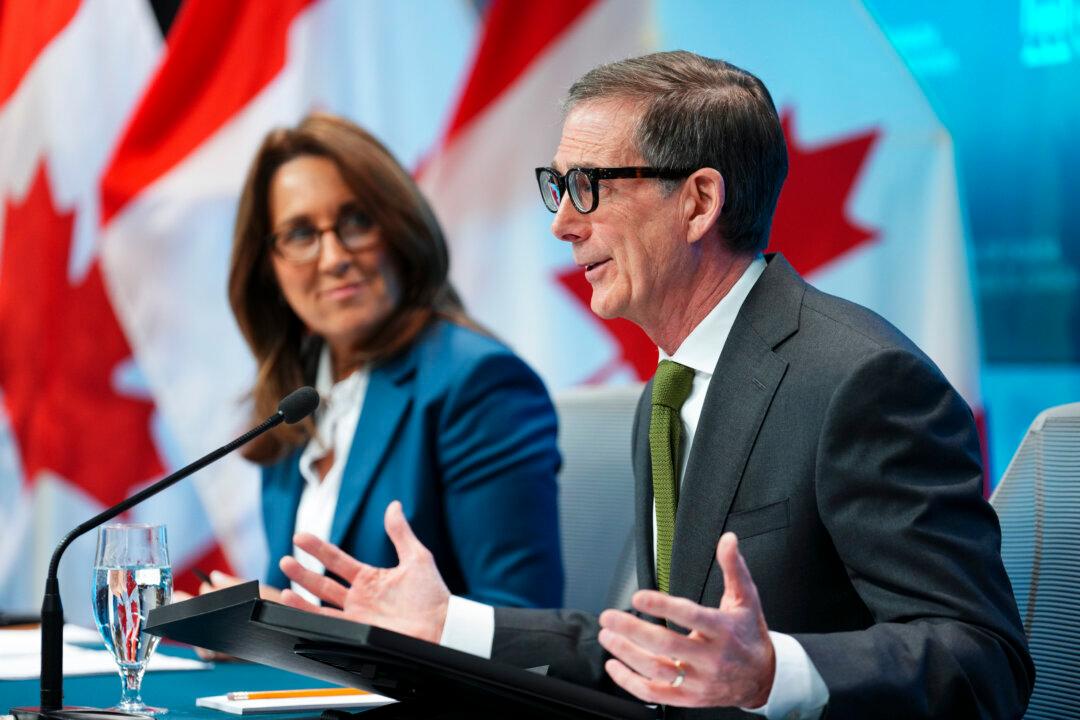OTTAWA—The Bank of Canada gave a modest surprise on Oct. 26 by raising its overnight rate target by only 50 basis points (half a percentage point)—instead of 75 basis points—to 3.75 percent. Such a move could indicate the end is in sight for one of the most aggressive rate-hiking cycles the BoC has ever undertaken, albeit for different reasons, according to analysts.
“My reading of their decision was that they wanted to err on the side of caution,” Vivek Dehejia, an economics and philosophy professor at Carleton University, told The Epoch Times.
It would appear most of the heavy lifting has been done after total rate increases of 1.75 percentage points in July and September, and a total of 3 percentage points since March prior to the October decision. But even after the October hike, the BoC says there’s more to come.
“This tightening phase will draw to a close. We are getting closer, but we are not there yet,” Bank of Canada governor Tiff Macklem said in the opening remarks of the bank’s press conference.
“We judged that it was appropriate to slow the pace of increases in our policy rates from very big steps to a big step,” Macklem said.
Economists are forecasting the rate hikes to stop once the BoC’s overnight rate target reaches 4 percent or 4.25 percent. The last time the bank’s policy rate was 4 percent was in March 2008.
End Is Near
TD called the rate increase a “dovish shock,” saying that it gives the impression that the Bank of Canada is about to pivot from being more aggressive on raising interest rates. But the bank has also come under more political pressure of late.
“It also raises thorny questions about central bank independence, given that prominent politically connected individuals were calling for the BoC to slow the pace of tightening earlier this week,” TD said in a note.
RBC’s interpretation is that the peak in interest rates is near.
The October rate hike marks the sixth consecutive time the BoC has raised rates this year.
“Today’s decision puts a bit more emphasis on the economy. Hopefully that doesn’t come back to haunt them in 2023 if inflation remains stickier than expected,” said Benjamin Reitzes, managing director and strategist at BMO, in a note.
The Bank of Canada noted that, as a result of past rate hikes, housing activity has “retreated sharply” and spending by households and businesses is softening.
Another outsized rate hike is particularly painful for those paying variable-rate mortgages. The commercial banks’ prime lending rate is 2.25 percent above the BoC’s overnight rate target, and with additional rate increases expected, the prime rate could be close to 6.5 percent when the rate hike cycle ends.
Canada and other major economies are amid a high interest rate, high inflation period with economic growth rapidly slowing—a stagflationary environment.





